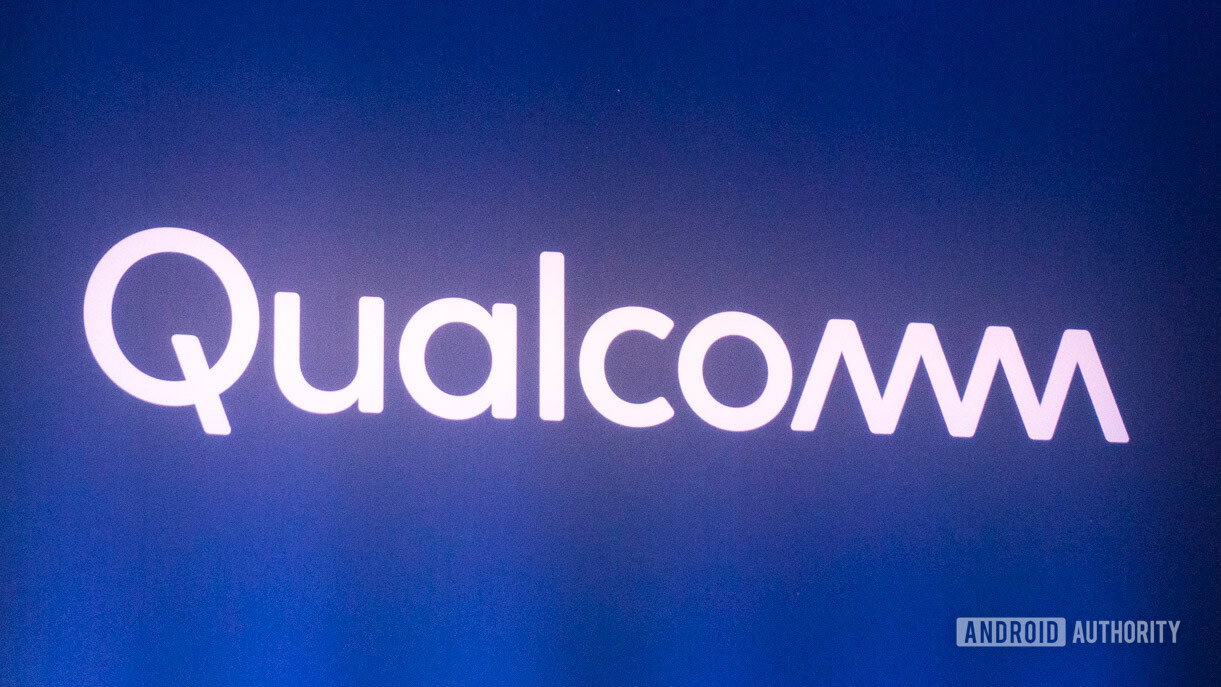Affiliate links on Android Authority may earn us a commission. Learn more.
Qualcomm prepares 5G mid-rangers with 600 and 700 series, expect tons of them

Qualcomm made some exciting announcements regarding 5G compatible chipsets at Mobile World Congress 2019 earlier this year. Now at IFA 2019, Qualcomm has built on those announcements, revealing it will include 5G connectivity in the 6, 7, and 8 series chipsets in the near future.
As previously announced, Qualcomm has planned for 5G functionality to be built into more integrated chipsets without the need of a separate built-in 5G modem. Bringing 5G connectivity to all three series means mid-tier devices will have 5G connectivity sooner rather than later.
Not only that, but Qualcomm has accelerated the commercial readiness of the 7 series chipsets to the fourth quarter of 2019, meaning new devices will include these chips in the first half of 2020.
Twelve device manufacturers and brands already plan to use the Snapdragon 7 series 5G compatible chips in their devices. Some of these OEMs include OPPO, realme, Redmi, vivo, Motorola, and HMD Global, the home of Nokia mobile handsets.
Devices based on Qualcomm’s Snapdragon 6 series chipset are expected to be commercially available in the second half of 2020. We won’t hear any more details about the future of Qualcomm’s flagship 8 series chipsets until later this year.
Read Also: Best 5G phones you can buy and all the 5G phones coming soon
Qualcomm also revealed its progress in overall 5G deliverability. Up until this point, 5G coverage has been quite limited. Qualcomm hopes to change that with its latest mmWave antenna module, the QTM527.
This new antenna module expands the current 5G capabilities to allow high-speed internet access in rural, suburban, and even dense urban environments. It allows local Wi-Fi networks in rural and suburban areas to receive connectivity from base stations up to one mile away and networks in densely populated areas to receive connectivity from base stations over half a mile away.
The module increases general 5G reliability overall and proves 5G can be an honest competitor to fiber for home and business Wi-Fi networks. Pair that with the more widely available Qualcomm chipsets, and we can expect 5G to become more accessible on more devices globally within the next year.